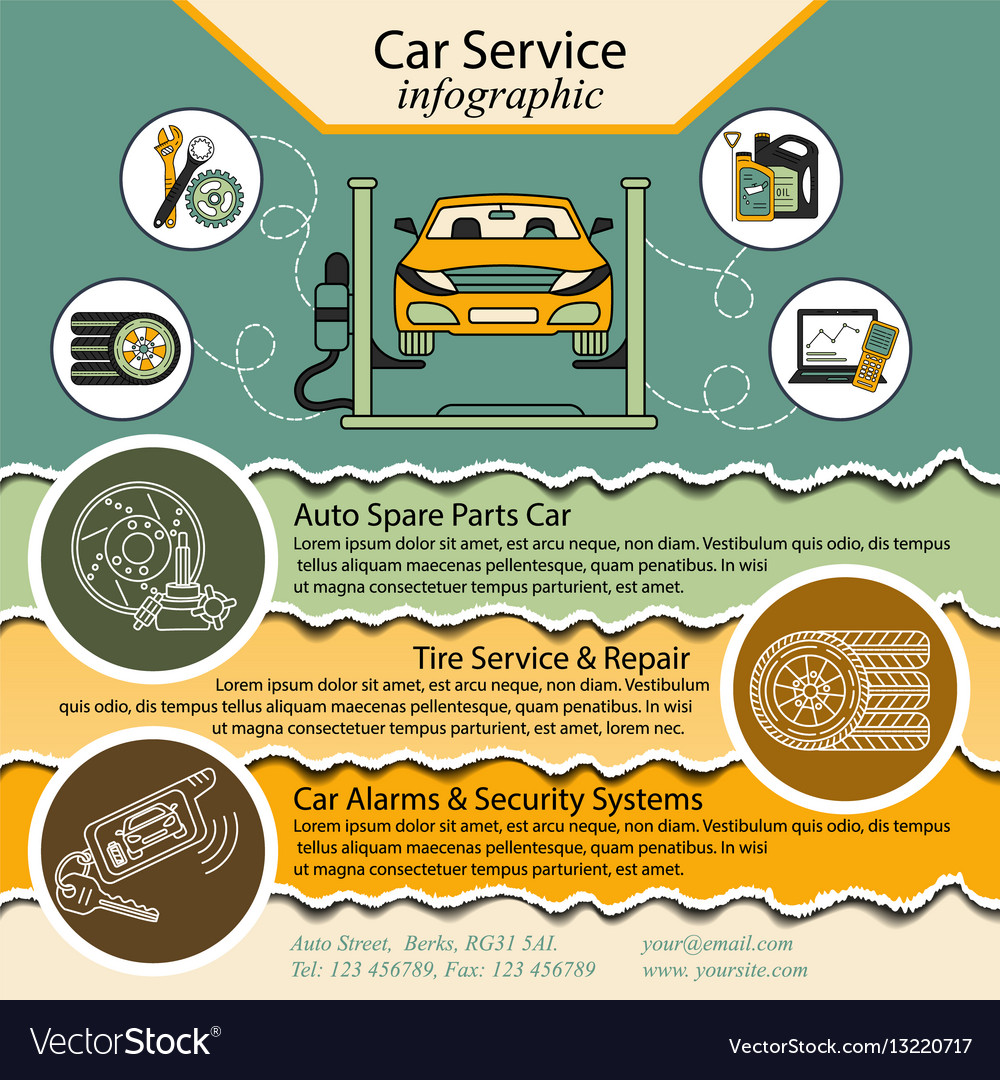Translating Your Vehicle'S Alert Lights: Their Real Ramifications
Translating Your Vehicle'S Alert Lights: Their Real Ramifications
Blog Article
Staff Writer-Samuelsen Corbett
When you lag the wheel, those glowing caution lights on your dashboard can be a little bit perplexing. Do you understand what they're trying to tell you regarding your vehicle's health and wellness? Recognizing the value of these lights is vital for your safety and security and the longevity of your automobile. So, the next time one of those lights appears, wouldn't you want to analyze its message properly and take the required steps to resolve it?
Common Warning Lights and Interpretations
Recognize common warning lights in your vehicle and comprehend their significances to make certain risk-free driving.
The most typical caution lights consist of the check engine light, which signals concerns with the engine or emissions system. If this light comes on, it's essential to have your car examined without delay.
The oil stress warning light indicates reduced oil pressure, requiring prompt interest to avoid engine damages.
A flashing battery light could recommend a faulty billing system, potentially leaving you stranded otherwise dealt with.
The tire pressure surveillance system (TPMS) light notifies you to low tire pressure, influencing car security and fuel performance. Disregarding this might bring about dangerous driving problems.
The abdominal light suggests an issue with the anti-lock braking system, compromising your capability to quit quickly in emergencies.
Last but not least, the coolant temperature level warning light warns of engine getting too hot, which can result in serious damages otherwise settled promptly.
Recognizing these usual caution lights will certainly help you address concerns quickly and preserve secure driving conditions.
Importance of Prompt Interest
Understanding the common warning lights in your automobile is just the primary step; the value of quickly addressing these warnings can not be stressed enough to ensure your security when driving.
When a warning light illuminates on your control panel, it's your cars and truck's method of interacting a possible concern that needs interest. Overlooking these warnings can lead to a lot more extreme problems in the future, jeopardizing your security and potentially costing you extra in repairs.
Prompt attention to warning lights can stop breakdowns and accidents. For example, a flashing check engine light might show a misfire that, if left ignored, might cause damages to the catalytic converter. Resolving this immediately can save you from an expensive repair.
Likewise, a brake system advising light could indicate low brake fluid or used brake pads, important components for your safety and security when driving.
DIY Troubleshooting Tips
If you discover a caution light on your control panel, there are a couple of DIY troubleshooting suggestions you can try prior to looking for professional assistance.
The initial step is to consult your auto's manual to understand what the specific warning light suggests. Occasionally the concern can be as straightforward as a loose gas cap activating the check engine light. Tightening the gas cap may resolve the trouble.
An additional typical problem is a low battery, which can activate different cautioning lights. Examining cat detailer for rust and guaranteeing they're protected may fix the trouble.
If a caution light persists, you can attempt resetting it by disconnecting the car's battery for a few mins and then reconnecting it. In pop over to this site , examining your automobile's fluid levels, such as oil, coolant, and brake fluid, can assist fix alerting lights associated with these systems.
Final thought
To conclude, understanding your auto's caution lights is important for maintaining your automobile running efficiently and safely. By immediately addressing these informs and knowing what they suggest, you can avoid pricey repair work and potential breakdowns.
Remember to consult your cars and truck's manual for certain details on each cautioning light and do something about it accordingly to make certain a hassle-free driving experience.
Stay informed, stay secure on the road!
